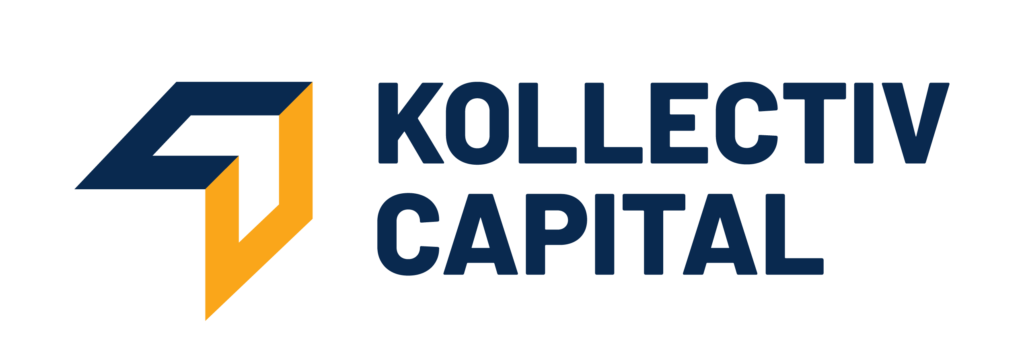info guide
Frequently Asked Questions
What is ICR?
ICR stands for Interest Coverage Ratio, which is a financial metric used to measure a company's ability to pay its interest expenses on outstanding debt. It's calculated by dividing a company's earnings before interest and taxes (EBIT) by its interest expenses.Having a strong ICR is essential because it indicates that a company generates enough operating income to cover its interest obligations comfortably. A high ICR suggests that the company is financially healthy and can manage its debt effectively, reducing the risk of default. This, in turn, makes the company more attractive to lenders and investors and can help maintain or improve its credit rating.
What is DSCR?
DSCR stands for Debt Service Coverage Ratio, which is a financial ratio used to assess a company's ability to cover its debt obligations with its operating income. It's calculated by dividing a company's earnings before interest, taxes, depreciation, and amortization (EBITDA) by its total debt service obligations.Having a strong DSCR is crucial because it indicates that a company generates enough cash flow to meet its debt repayment obligations comfortably. A high DSCR suggests that the company is financially stable and less likely to default on its loans. This can enhance the company's creditworthiness, making it easier to obtain financing at favorable terms and reducing the risk for lenders and investors. Additionally, a strong DSCR provides reassurance to stakeholders and supports long-term business sustainability.
What is Equity Ratio?
The equity ratio, also known as the equity-to-assets ratio, measures the proportion of a company's total assets financed by shareholders' equity. It's calculated by dividing shareholders' equity by total assets.Having a strong equity ratio is important because it indicates the extent to which a company relies on equity financing rather than debt financing to fund its operations and investments. A high equity ratio suggests that the company has a solid financial foundation, with a significant portion of its assets financed by shareholders' contributions rather than borrowed funds. This can enhance the company's financial stability and resilience, as it reduces the risk of insolvency and the burden of debt repayment. Additionally, a strong equity ratio may improve the company's ability to attract investors and obtain financing on favorable terms, as it signals confidence in the business's long-term prospects.
What is LVR?
LVR stands for Loan-to-Value Ratio, which is a financial metric used by lenders to assess the risk of a loan by comparing the amount of the loan to the appraised value of the asset being used as collateral. It's commonly used in mortgage lending, where it's calculated by dividing the loan amount by the appraised value of the property.For example, if a property is appraised at $200,000 and the loan amount is $150,000, the LVR would be 150,000 / 200,000 = 0.75, or 75%.A lower LVR indicates that the borrower has more equity in the asset, which reduces the lender's risk. Conversely, a higher LVR suggests that the borrower has less equity, making the loan riskier for the lender. Lenders typically impose maximum LVR limits, and borrowers with higher LVRs may face higher interest rates or be required to purchase mortgage insurance to mitigate the lender's risk.
What is Cash Flow Lending?
Cash flow lending is a type of financing where a lender provides a loan based on the borrower's expected cash flow rather than traditional collateral like assets. It's particularly beneficial for businesses that have consistent revenue streams but may lack significant assets to secure traditional loans, such as startups or service-based companies. By assessing the borrower's cash flow, lenders can gauge the ability to repay the loan and offer more flexible terms.



